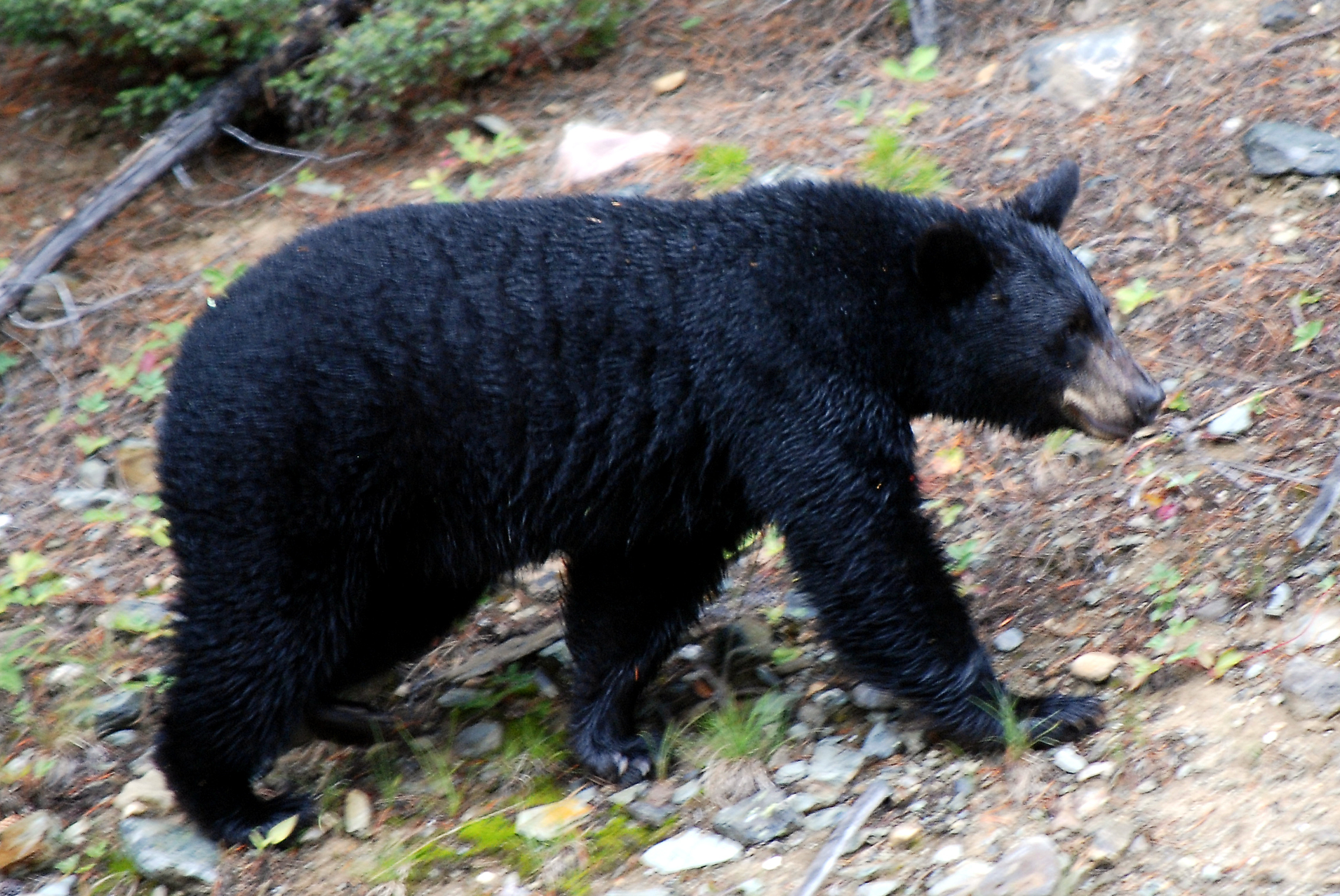One year ago I took a leap of faith
and dove into the world of blogging with both feet.
and dove into the world of blogging with both feet.
While the "splash" I make is probably minute,
I continue to enjoy the journey
and hope you enjoy riding along.
Your comments are much appreciated.
Perhaps it is coincidence, but exactly one year ago I wrote of my personal experience with earthquakes because there had recently been massive ones in Haiti, then Chile ......and now Japan. It is, yet again, one of those times when the earth takes on a life of its own and spins out of control, leaving massive destruction and human agony in its wake.
Frank Slide, Alberta, Canada
There are those who would say that we deserve this - that all signs have pointed this way and that God or "the gods" is/are angry. We are, after all, measly humans who are bound for "Hell in a hand basket". The end is surely near and it is only a matter of time.... Perhaps - but who is to say?
Life on earth is risky and highly dangerous - always has been and always will be. Deep down inside we know this to be true, but somehow in the everyday business of living we shove all thoughts of such aside, unless (or until) we are forced to look them straight in the eye. For this most recent tragedy, as with most events nowadays, that means video on the nightly news or computer screen, and it's impossible to look away. Human misery is eerily compelling and the overwhelming feeling of helplessness - both in Japan and in our living rooms here - is staggering. So much damage, death, and destruction - how can things ever be put back as they were? What can we do? How can life go on?
It will be a long road to recovery, for things will never be as they were. Nature is a powerful force and humankind has yet to accept the fact that we are often helpless against it. But as we have seen, time and again throughout history, life will go on. Things will be different, lives will have been changed and much will have been lost. But much will ultimately be gained in the way of knowledge about living here on planet earth and about how we care for each other. Since we are such a tiny pin-prick in the universe, perhaps our real strength lies well outside of ourselves...
They were snatched away before their time;
their foundation was washed away.
Job 22:16
God is our refuge and strength,
an ever-present help in trouble.
Therefore we will not fear, though the earth give way
and the mountains fall into the heart of the sea,
though its waters roar and foam
and the mountains quake with their surging.





















































